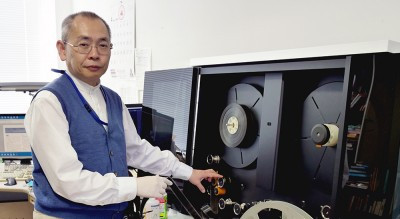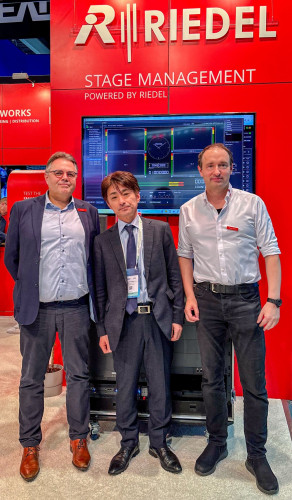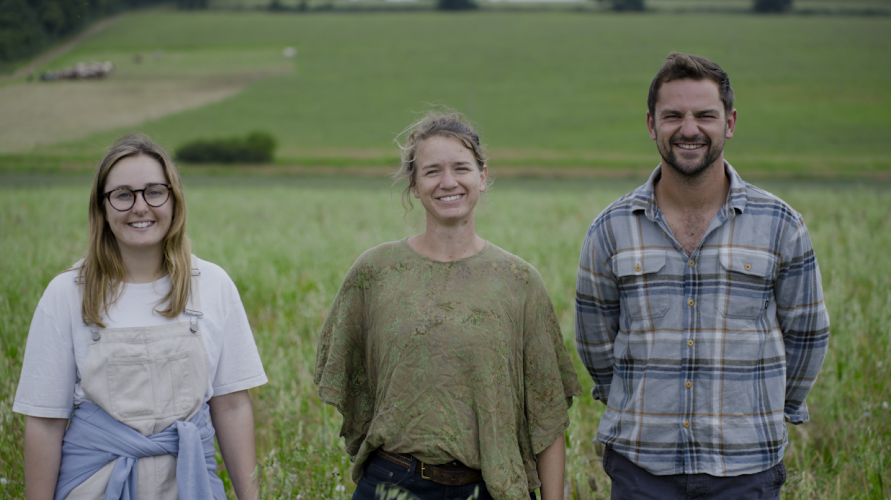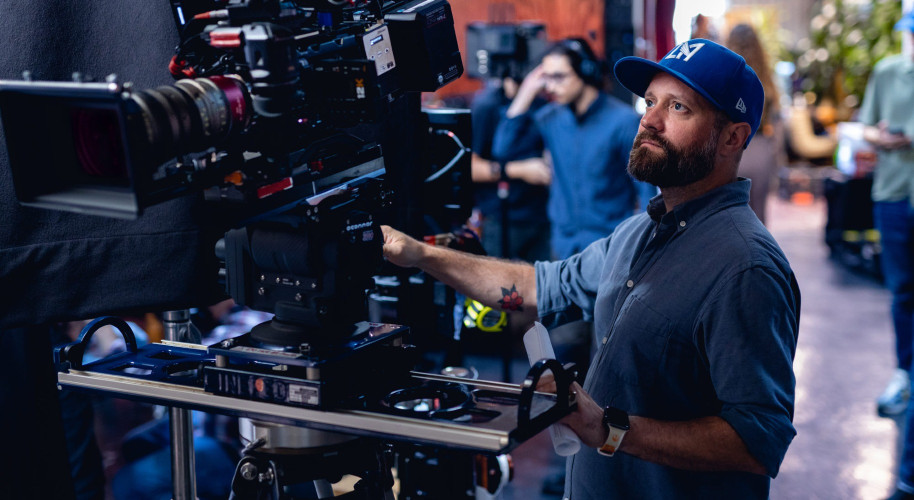Kobe Design University Installs Cintel Scanner for Film Archiving
Author: Blackmagic design
Published: 30 July 2018

Blackmagic Design announced today that Kobe Design University has installed Cintel Scanner to archive hundreds of 16mm and 35mm films, some dating back to the 1920s. The project is taking place with the university’s Kobe Planet Film Archive, which collects, preserves and exhibits not only films but also books, posters and equipment related to cinema.
Kobe Design University is an art college founded in 1989 and includes Japan’s largest private film archive. The school has seven departments in total: environmental design, product and interior design, visual design, manga media, fashion and textile design arts and crafts and image arts, which includes courses on films and film production.
Owning more than 16,000 16mm and 35mm films in the Kobe Planet Film Archive, the university focuses on film archive projects, in collaboration with the university’s information library. As a way to contribute to Japanese culture and society, the university digitizes old films archived in the university and in Kobe Planet Film Archive, and also holds screenings using two 35mm projectors and a16mm projector. More than two hundred 16mm films archived in Kobe Design University are currently planned to be digitized, with more than 30 films already digitized with Cintel Scanner.
“Our information library has a collection of about two hundred 16mm films, but after 30 years, the films’ colors are fading and they are entering into the state of decay known as ‘vinegar syndrome.’ The 16mm projector is also too old to be repaired and maintained in a good condition, making it nearly impossible for us to foresee continued screenings in the future. Kobe Planet Film Archive holds many old, deteriorated 35mm films and it was difficult to put them on a projector or even to check the content. That is why digital film archiving became a priority in Kobe, a birthplace of cinema in Japan. And we chose to install Cintel Scanner,” said Prof. Eiji Hashimoto of Kobe Design University.
He explained: “You would need a 35mm projector to watch a 35mm film. However it takes time and effort, and you can’t even rewind or stop a film at will. In addition to that, there are many films whose perforations are lost or which are too curled to be put on a projector. Cintel Scanner is better than projectors in that regard, because it continually and smoothly runs films, without pulling films with strong, intermittent strength. Damaged films can be run slowly, at 4-8 frames per second, so you can digitize old films that you had given up on.”
“We are also using DaVinci Resolve with Cintel Scanner. Using this powerful combination you can digitize silent films from the 1920s, shot with 16 frames per second. After being scanned the digitized data is imported into DaVinci Resolve Studio and rendered into clips of 16 frames per second. That way you can see films at the speed originally intended a hundred years ago. I also like the audio extraction feature, because it supports two types of modulations, density and area. Cintel Scanner is helpful in capturing and preserving not only video but also audio from old films,” he concluded.



































